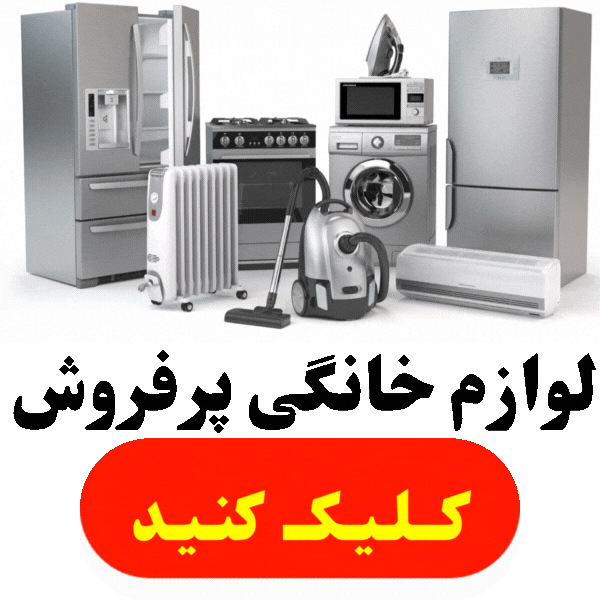برق برق وتخبى بين الورق
منبعمنبعمنبعمنبعمنبعمنبعمنبعمنبعمنبعمنبع
Certainly, let's explore the phenomenon of static electricity, particularly the sparks that can occur between sheets of paper.
What is Static Electricity?
- Charge Imbalance: Static electricity arises from an imbalance of electric charges within or on the surface of a material.
- Two Types of Charges:
- Positive Charge: Results from the loss of electrons.
- Negative Charge: Results from the gain of electrons.
- Attraction and Repulsion:
- Opposite charges attract each other.
- Like charges repel each other.
How Static Electricity Occurs Between Paper:
-
Friction:
- When you rub two sheets of paper together, friction causes electrons to transfer from one sheet to the other.
- The sheet that loses electrons becomes positively charged.
- The sheet that gains electrons becomes negatively charged.
-
Charge Separation:
- The accumulated charges on the paper create an electric field.
- If the charge separation is significant enough, the electric field can ionize the air between the sheets.
- Ionization creates a pathway for the charges to flow, resulting in a spark.
Factors Affecting Spark Occurrence:
- Relative Humidity: Higher humidity increases the conductivity of the air, making it more difficult for charge buildup and spark formation.
- Material Properties: Different materials have varying tendencies to gain or lose electrons.
- Speed of Separation: Rapid separation of charged surfaces increases the likelihood of a spark.
Everyday Examples:
- Walking on a carpet: Friction between your shoes and the carpet can charge you up. Touching a metal object can then result in a shock.
- Removing clothes from a dryer: Friction between clothes can generate static electricity, causing them to cling together.
- Balloons sticking to walls: Rubbing a balloon on your hair transfers electrons, giving it a negative charge. The balloon then sticks to the wall due to the attraction between the negative charge on the balloon and the positive charge induced on the wall.
Safety Considerations:
- While small sparks between paper are generally harmless, in certain environments (e.g., hospitals, areas with flammable materials), static electricity can be a significant safety hazard.
- Proper grounding and anti-static measures can help prevent the buildup of static charge.
I hope this comprehensive explanation clarifies the concept of static electricity and its occurrence between sheets of paper. Let me know if you have any further questions!

